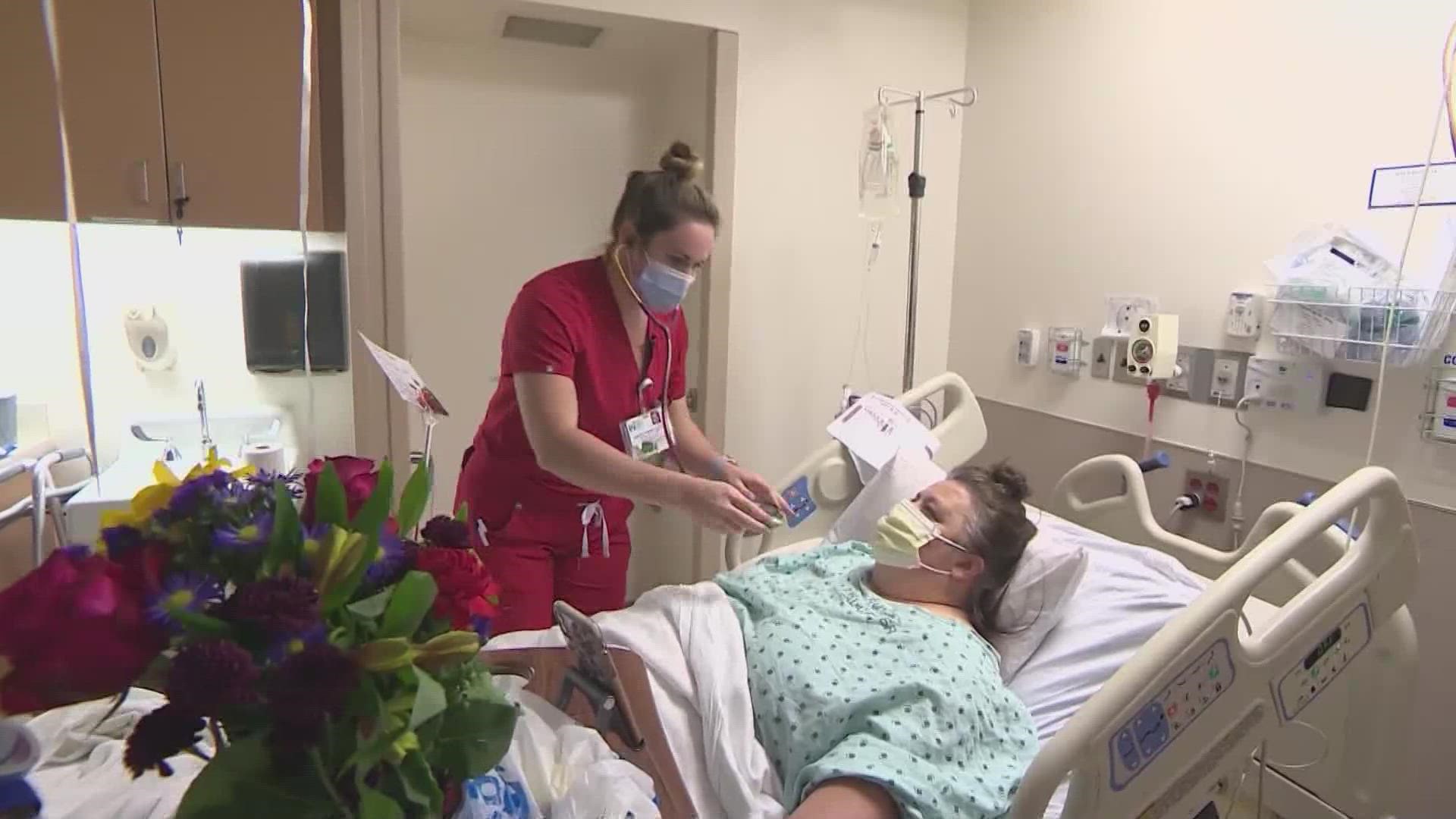SAN ANTONIO — Texas Vista Medical Center (TVMC) operates at or close to max capacity nearly every day. Not because hospital beds are not available, but because there aren’t always enough healthcare workers to staff them.
Staff shortages have been a problem long before the pandemic, but the last two years have forced hospitals to reevaluate how to recruit and retain workers.
During the height of the pandemic, many nurses and other healthcare staff took opportunities for higher pay through contract, traveling positions. TVMC President Jon Turton said they could not be angry with staff for leaving for more money. In one example, a nurse would make $45 an hour, but an agency would be able to offer $120 an hour for 13 weeks.
When the demand for travel nurses skyrocketed, Turton said it created wage inflation. Their hospital is now operating at 20% over their allocated staff budget, but still could not compete with travel nurse rates.
According to the Texas Hospital Association, staffing makes up roughly 60% of a hospital’s total expenses.
At one point during the pandemic, the hospital had large numbers of contract nurses. Today, Turton said there are about 20 contract nurses, with most of the nurses on their own staff. Still, the hospital has more vacancies than they would like.
“This hospital has approximately 815 employees today and about 100 vacant positions,” said Turton. “So today I could easily choose to hire an additional 40, 50 nurses right now to get this hospital properly staffed for the patient care we’d like to do.”
Healthcare professionals also point to stress and burnout contributing to chronic shortages nationwide. Vanessa Olivarez, Director of the Medical Surgical Team at Texas Vista saw the physical and mental exhaustion up close.
“Definitely the biggest thing I hear from nurses is, 'I’m tired,'" she said. “Our nurses were going through stressful times because we are taking care of six patients to one nurse, sometimes seven patients to one nurse.”
Since the pandemic has become more manageable, Texas Vista leaders have shifted towards an emphasis on more pay, workplace culture, and work-life balance. Turton said they
“We’re trying to make that culture happen, that positive culture, and it’s happening, and it’s changing, it takes time,” Olivarez said.
Texas Vista is also working closely with local colleges and universities to help train and recruit future healthcare workers.

